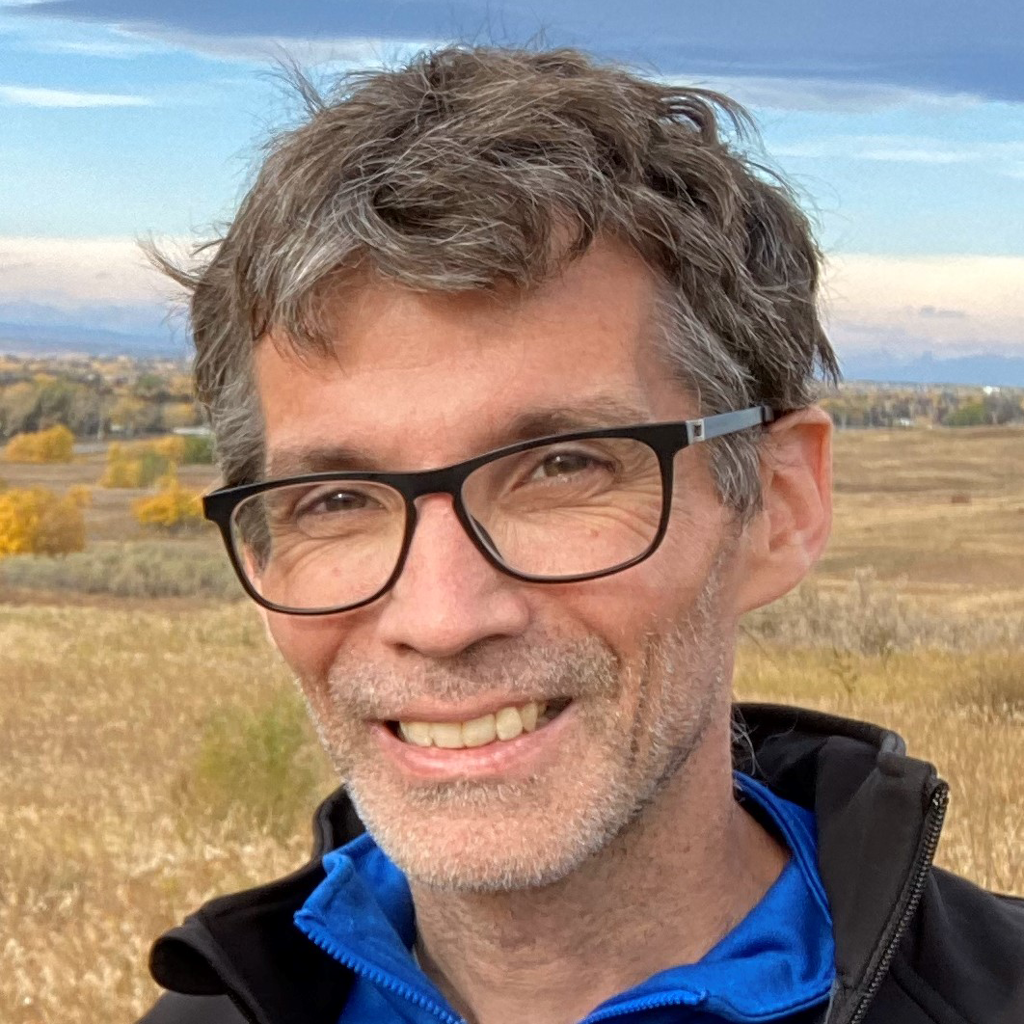Christoph Simon
University of Calgary, CanadaFor contributions to quantum information science and quantum optics, including fundamental tests of quantum phenomena and development of quantum networks.

Christoph Simon came to physics via philosophy. In his early teen years, he was interested in Philosophy and studied Latin and ancient Greek. As he learned more and experienced advanced science classes, he was drawn to physics: “Science was the continuation of the same spirit as philosophy with more modern means.” His interests are still connected, as shown by his recent work in consciousness and quantum biology.
His research has evolved into a rich collection of areas and topics. He chose to do a PhD under the guidance of Anton Zeilinger, who was at the time working on “new technology to close the so-called locality loophole in Bell’s inequality theory.” Christoph then collaborated with Roger Penrose on testing quantum gravity with a quantum opto-mechanics approach during his postdoc in Dirk Bouwmeester’s group in Oxford. Following these experiences and with a continued interest in the Bell Tests, he moved to the French National Research Center (CNRS) in Grenoble and studied quantum networks. Also during this time, he was a visiting scientist with Nicolas Gisin’s group at the University of Geneva.
Today, he is a professor at the University of Calgary, Canada, where he continues his research in quantum networks and, since 2014, has also developed a substantial body of research in quantum biology. Christoph finds the two areas tightly connected, and he uses insights from each side to enhance his research on the other side. He shares, “I would really like to know whether quantum physics can help solve the enduring mystery of consciousness (how does the mind arise out of matter, etc.), a question that is now more urgent than ever because of the development of artificial intelligence.” Christoph approaches this research by leveraging all his past experiences while also striving to learn as much as he can about biology, neuroscience, and AI.
Christoph credits his success to a long list of mentors, including teachers, supervisors, and colleagues, from all points in his career. He emphasizes the impact of “well-informed peers” on his development. The many interactions he had with them offered not only support but insight. His advice for finding a mentor is to remember that a mentor may not match your expectations: “They may be a peer or even a junior colleague, or it may be a person you talk to only infrequently, but their impact on your thinking may be just as profound.”
Despite his strong support network, Christoph has encountered the typical challenges inherent in a research career. He has lived in six countries, which has stressed his personal relationships at times. Distance from friends and family can be a frustration, and Christoph had to very carefully consider this trade-off when comparing his options. Psychologically, pursuing one’s own path can be challenging without always feeling the need to compare oneself to others. Here again, though, Christoph has learned to manage it, focusing on his research and identifying his successes. Finally, on the practical side, working in an emerging and interdisciplinary research area, it can be difficult to fit into journals for publishing or finding relevant grants for funding. He shares, however, that he “finds it incomparably exciting and satisfying when it all works out.”
One of Christoph’s favorite scientists is John Stewart Bell, who developed the theory that Christoph worked with in his PhD. Bell was a pioneer in the field of quantum physics research and reportedly did much of his most impactful work as a personal interest rather than as part of his job. In this way, Bell inspired Christoph to frame research in a similar way, approaching his work with interest and curiosity. Advising his students and others interested in science, Christoph says, “Do it! Focus on exciting areas and questions and find fun people to work with. Remember, you don’t have to be Einstein to make a valuable contribution.”
Photo courtesy of Christoph Simon
Profile written by Samantha Hornback
